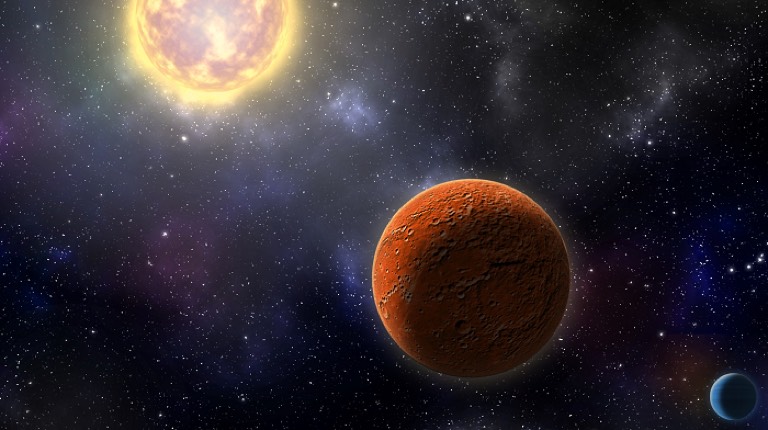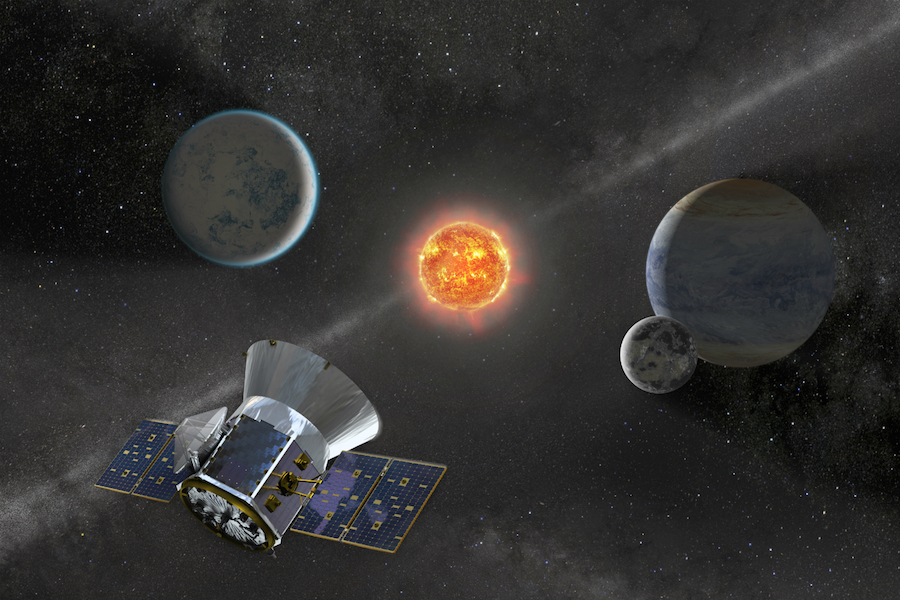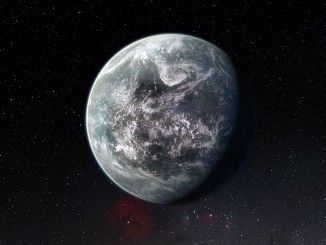
The planet-hunting TESS spacecraft has found its first Earth-size planet orbiting a star located about 53 light years away. The star, HD 21749a, also hosts at least one other world, a warm “sub-Neptune” planet with a mass about 23 times that of Earth and a radius about 2.7 times larger.
“It’s so exciting that TESS, which launched just about a year ago, is already a game-changer in the planet-hunting business,” said Johanna Teske, second author of a paper describing the discoveries in The Astrophysical Journal Letters.
“The spacecraft surveys the sky and we collaborate with the TESS follow-up community to flag potentially interesting targets for additional observations using ground-based telescopes and instruments,” she added.
That includes the Planet Finder Spectrograph – PFS – on the Magellan II telescope at Carnegie’s Las Campanas Observatory in Chile, which played a crucial role in the new discoveries.

The Transiting Exoplanets Survey Satellite, or TESS, was launched 18 April 2018. It detects exoplanets by measuring the slight dimming of a star’s light when a planet moves across the disc as viewed from Earth. The PFS was used to compute the mass of the sub-Neptune world by precisely measuring the very slight wobble in the host star’s position caused by the tug of the planet’s gravity.
“PFS is one of the only instruments in the Southern Hemisphere that can do these types of measurements,” Teske said. “So, it will be a very important part of further characterising the planets found by the TESS mission.”
The larger of the two planets, catalogued as HD 21749b, takes about 36 days to complete one orbit. Its density indicates the planet has a substantial atmosphere but is not a rocky world. The roughly Earth-size planet, known as HD 21749c, has a period of about eight days.
“Measuring the exact mass and composition of such a small planet will be challenging, but important for comparing HD 21749c to Earth,” said Carnegie researcher Sharon Wang. “Carnegie’s PFS team is continuing to collect data on this object with this goal in mind.”



